Life
He was born in January 1857 in Utica, Oneida County, New York. He attended Hamilton College for a short time. He was admitted to the bar in 1878, and practiced in Camden. [1]
He was a member of the New York State Assembly (Oneida Co., 3rd D.) in 1887.
He was Deputy Attorney General under Theodore E. Hancock from 1894 [2] to 1898. He was a delegate to the New York State Constitutional Convention of 1894. He was New York Attorney General from 1899 to 1902, elected at the New York state election, 1898, [3] and re-elected at the New York state election, 1900. He was a delegate to the 1900 Republican National Convention. In 1902, he was the Republican candidate for Justice of the New York Supreme Court in the heavily Republican Fifth Judicial District, but was defeated in a landslide by Democrat Watson M. Rogers. Even his party fellows had accused him of incompetence, and had favored the nomination of an independent candidate.
In 1905, he was appointed a Commissioner of the State Board on Gas and Electricity (State Lighting Commission) by Governor Frank W. Higgins. [4]
He died on January 10, 1925, in Camden, New York.
Congressman John C. Davies II (1920–2002) was his grandson.
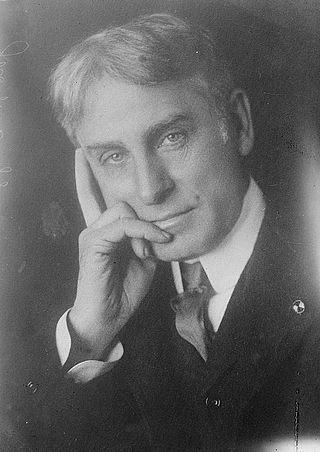
John William Griggs was an American lawyer and Republican Party politician who served as the 29th Governor of New Jersey from 1896 to 1898 and the 43rd United States Attorney General from 1898 to 1901.

Francis Kernan was an American lawyer and politician. A resident of New York, he was active in politics as a Democrat, and served in several elected offices, including member of the New York State Assembly, member of the United States House of Representatives, and United States Senator from 1875 to 1881.

James Aloysius O'Gorman was an American attorney, judge, and politician from New York. A Democrat, he is most notable for his service as a United States Senator from March 31, 1911, to March 3, 1917.

Lemuel Ely Quigg was a United States representative from New York.
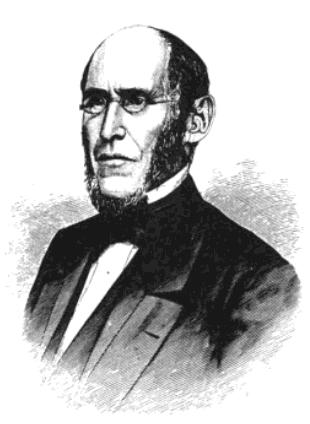
Timothy Jenkins was an American lawyer and politician who served as a U.S. Representative from New York, serving three terms during the mid-19th century.

The 1966 New York state election was held on November 8, 1966, to elect the governor, the lieutenant governor, the state comptroller, the attorney general and the Chief Judge of the New York Court of Appeals, as well as all members of the New York State Assembly and the New York State Senate. Besides, 15 delegates-at-large to the New York State Constitutional Convention of 1967 were elected on the state ticket, and three delegates each in the 57 senatorial districts.

The 1900 New York state election was held on November 6, 1900, to elect the governor, the lieutenant governor, the Secretary of State, the state comptroller, the attorney general, the state treasurer and the state engineer, as well as all members of the New York State Assembly and the New York State Senate.
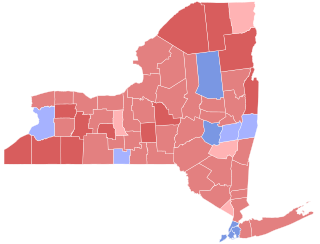
The 1898 New York state election was held on November 8, 1898, to elect the governor, the lieutenant governor, the Secretary of State, the state comptroller, the attorney general, the state treasurer and the state engineer, as well as all members of the New York State Assembly and the New York State Senate. This election is the most recent election to feature a candidate for governor of New York who eventually became both Vice President of the United States and President of the United States after serving as Governor of New York.
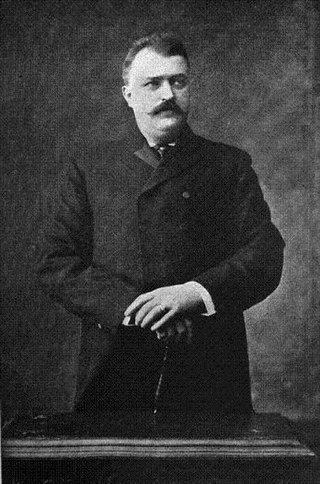
Samuel Frederick Nixon was an American businessman and politician.

John Thomas McDonough was an American lawyer and politician.
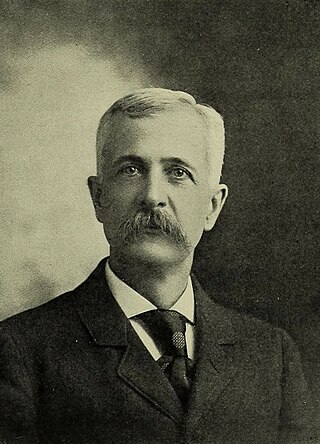
Theodore E. Hancock was an American lawyer and politician. He was New York's Attorney General from 1894 to 1898.

William James Morgan was an American newspaper editor and politician.
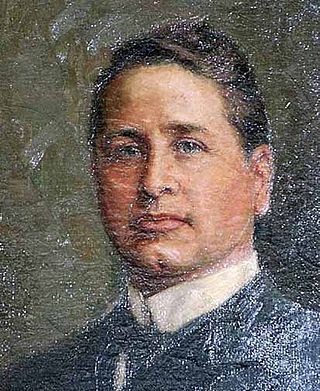
Erastus Cole Knight was an American businessman and politician.

The 1893 New York state election was held on November 7, 1893, to elect the Secretary of State, the State Comptroller, the Attorney General, the State Treasurer, the State Engineer and a judge of the New York Court of Appeals, as well as all members of the New York State Assembly and the New York State Senate, and delegates to the New York State Constitutional Convention of 1894.

The 1895 New York state election was held on November 5, 1895, to elect the Secretary of State, the State Comptroller, the Attorney General, the State Treasurer, the State Engineer and a judge of the New York Court of Appeals, as well as all members of the New York State Assembly and the New York State Senate. Besides, the voters were asked if they approved of the State's issuing bonds for $9,000,000.00 to spend on canal improvements, which the electorate answered in the affirmative.

The 1902–03 United States Senate elections were held on various dates in various states. As these U.S. Senate elections were prior to the ratification of the Seventeenth Amendment in 1913, senators were chosen by state legislatures. Senators were elected over a wide range of time throughout 1902 and 1903, and a seat may have been filled months late or remained vacant due to legislative deadlock. In these elections, terms were up for the senators in Class 3.
William Alvin Massingill, also known as Billy Massingill or W. A. Massingill, was an American businessman and politician who served as state legislator for the state of Oregon. He served one two-year term in the Oregon House of Representatives as a Republican legislator, representing a large rural district in south-central Oregon. He also ran a general store, sawmill, and a wool shipping warehouse in Lakeview, Oregon, and was that town's postmaster for several years.
Oscar James Smith was an American lawyer and politician.














